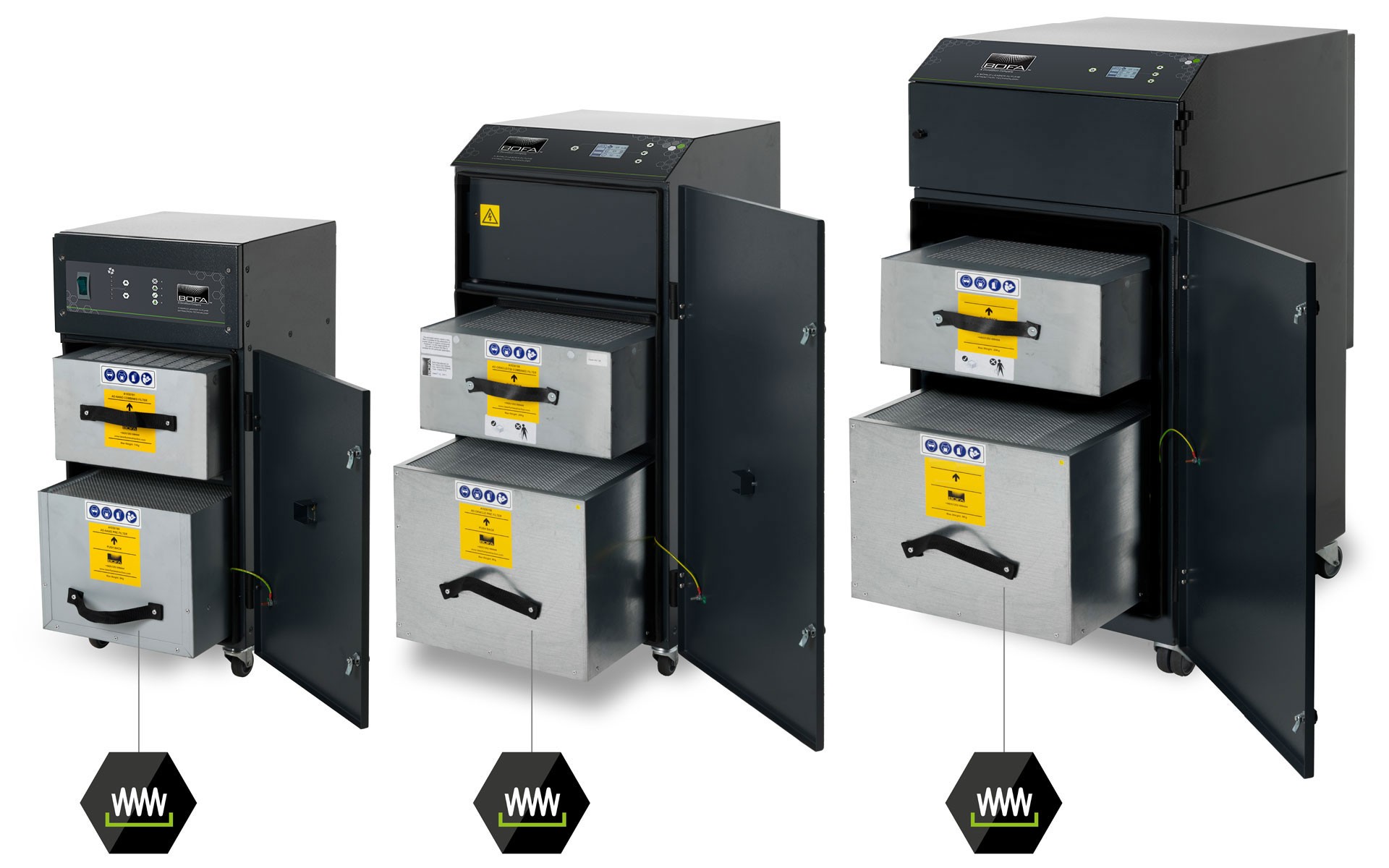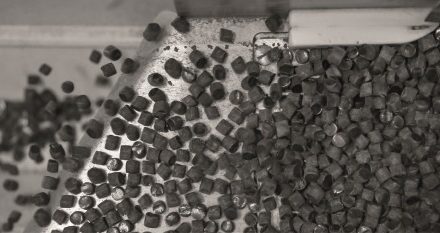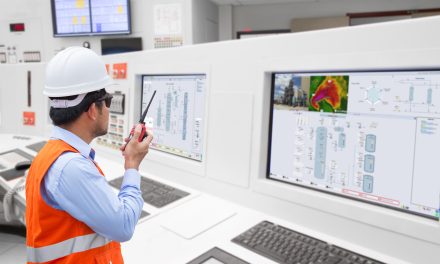By Joshua Evans MEng (Hons) IChemE, Applications Engineer and Head of BOFA Academy

As manufacturers look to optimise the value of automation, more are turning to portable extraction to support a 24/7 agile production environment.
Automation, enabled by digitalisation across production processes, can drive significant productivity gains. However, this relies on maintaining the performance of core equipment in step with production requirements – and avoiding costly unplanned downtime. One area often overlooked is the role that fume and dust extraction plays in helping keep manufacturing lines moving and workplace environments healthy for employees.
The UK’s COSHH (Control of Substances Hazardous to Health) regulations stipulate exposure levels for potentially harmful airborne contaminants, expressed as workplace exposure limits (WELs). The same regulations also require that local exhaust ventilation systems, such as fume and dust extraction units, need to be fit for purpose and thoroughly tested annually.
Extraction systems, such as those designed and manufactured by BOFA, help employers to meet the obligations for prevailing health and safety regulations by filtering airborne emissions associated with industrial processes, such as lasering, additive manufacturing, printing and automated soldering in electronics.
However, the benefit goes beyond atmosphere management by keeping equipment free from dust that might otherwise impact product quality and, potentially, lead to machinery failure.
Take the Fast Moving Consumer Goods (FMCG) drinks market for example, where ultra-fast canning lines rely on laser coding for traceability marking. The frequency at which a laser is firing, the wavelength at which it operates and the power density it generates are all factors that govern how quickly and accurately a laser can operate. Filtering laser particulate helps to ensure that laser lenses remain free from airborne contaminant and reduces light scattering that can lead to illegible codes and product rejections.
Before installing any dust and fume extraction technology, managers need to take a number of factors into account to ensure the correct system is specified. BOFA chemical specialists and systems engineers can help to provide advice on these areas, which include:
- The materials being worked, by reference to Safety Data Sheets which list any known hazardous properties, physical and chemical characteristics (e.g. flammability, explosive properties), decomposition products, the potential effect on human health, the chemicals with which it can adversely react, handling precautions and the types of measures that can be used to control exposure, emergency and first aid procedures.
- The type, volume, size and velocity of particles being emitted
- The movement of the product
- The type of production process being used
- Whether the process is enclosed or not
- The duration of the process – 24/7 for example
- Whether there are thermal risks associated with higher temperatures.
Once armed with this information, data-driven airflow analysis can help set the control parameters that contribute to optimal filtration. Typically, a BOFA system will incorporate pre-filtration, a main High Efficiency Particulate Air (HEPA) filter and a layer of activated carbon.
Filtration technology continues to advance and BOFA’s patented DeepPleat DUO pre-filtration uses reverse airflow to reduce the velocity of contaminant as it enters the filter chamber. This means that larger particulates fall into the steel drop-out chamber, while smaller particles are drawn into the filtration media. The very smallest particulate passes into the main High Efficiency Particulate Air (HEPA) filter, while vapours and gases are removed via a layer of activated carbon. Once this process is completed, clean air is returned into the workplace.
The objective is two-fold: firstly, to contribute to a safe working environment; and secondly, to enhance productivity by keeping equipment free from dust to avoid unplanned downtime, which could be costly in high volume sectors.
Manufacturers may also need to take account of any thermal risks associated with certain processes, for example by introducing technology to prevent a spark being drawn into the filtration system. Where such a risk is identified, managers need to conduct an appropriate assessment and, if necessary, train operators, amend procedures and put in place mitigating systems, such as BOFA’s Spark Arrestor2 and FireBOX.
Maintaining optimal performance is key to productivity, which is where automated control systems, such as BOFA’s iQ operating platform, come into their own. This features a host of functions and innovations, including onboard data logs and real-time system condition visualisation so operators can monitor whole system performance and schedule maintenance programmes, such as filter exchanges, in step with production cycles…and avoid dreaded unplanned downtime.




